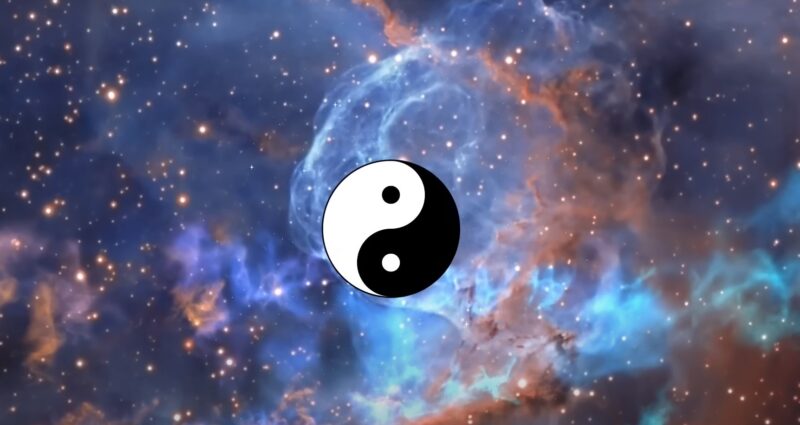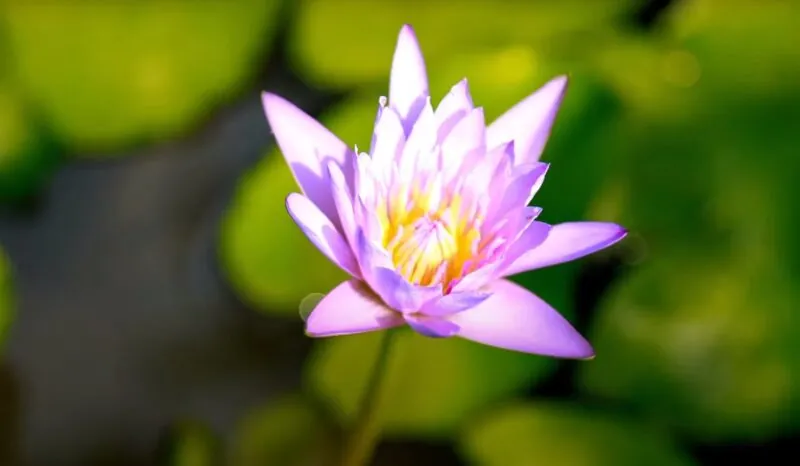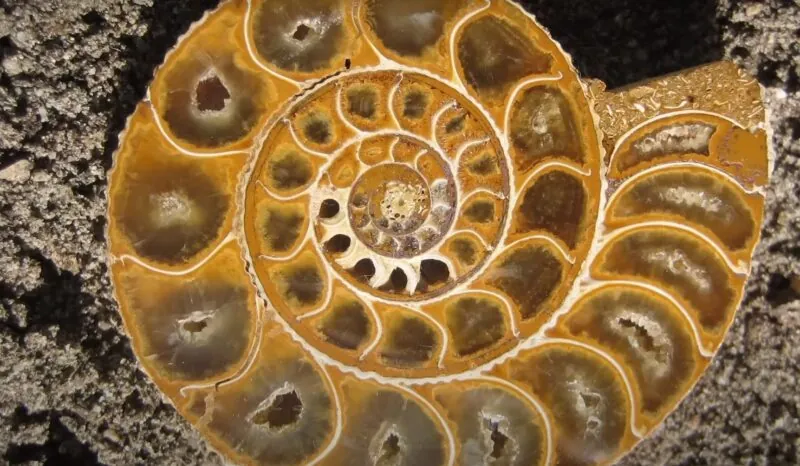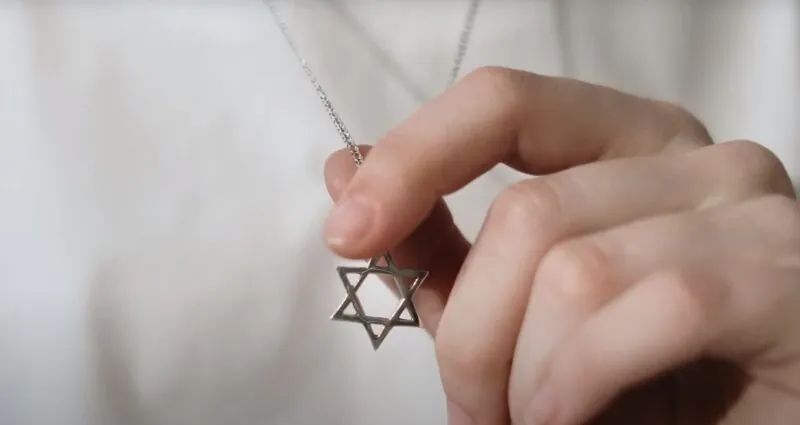Since ancient times, people have been using various symbols, words, and signs to represent the concept of life. Where language can’t express some mind, the tongue is stop and symbol start.
Symbols are the language of the soul, said Carl Gustav Jung, or the meeting point of the waking and dreaming minds, as said Joseph Campbell.
Here’s a look at some of the most common symbols of life.
21. The Tree of Life
The Tree of life is a widespread archetype common to many religions, mythologies, and folktales. The tree of life is a common idea in cultures throughout the world.
It represents, at times, the source of life, a force that connects all lives, or the cycle of life and death itself.
This symbol also represents balance and harmony in all worlds, connecting heaven, earth, and the underworld.
The ancient Mesopotamians believed that the Tree of Life connected the underworld, the earth, and the heavens, symbolizing eternal life and divine wisdom.
They used this symbol in religious ceremonies and art to represent the interconnectedness of all living beings.
What is the tree of life in the Bible?
20. The Ankh
“The ankh, or key of life, the Egyptian cross, which has a loop for its upper extremity, instead of being crossed, was the emblem of life, and was worn by the Egyptians as an amulet, as the crucix is now by Christians.” – Thomas Paine, The Age of Reason
19. The Ouroboros
In psychology, the Ouroboros has been adopted by Carl Jung and other analysts as a symbol of the process of individuation, the integration of the conscious and unconscious aspects of the self to achieve wholeness and balance.
“The Ouroboros is a dramatic symbol for the integration and assimilation of the opposite, i.e. of the shadow. This ‘feed-back’ process is at the same time a symbol of immortality, since it is said of the Ouroboros that he slays himself and brings himself to life, fertilizes himself and gives birth to himself.” – Carl Jung.
18. The Yin and Yang
Two complementary principles of Chinese philosophy: Yin is negative, dark, and feminine, Yang positive, bright, and masculine.
Their interaction is thought to maintain the harmony of the universe and to influence everything within it.
Yin is characterized as negative, passive, and feminine. It represents the energy of the Earth and moon. It is often described as receptive, dark, cool, soft, still, and contemplative.
Yang is portrayed as positive, active, and masculine.
Yin and yang are present in everyone, and when balanced, they promote peace and harmony in a romantic relationship.
A couple with balanced yin and yang energy listens and supports each other equally, ebbing and flowing from these roles depending on their needs.
17. The Pentacle
“The pentacle is a powerful symbol of protection, warding off negative energies and influences, and is often used in magical practices to invoke the elements and the forces of nature.” – Scott Cunningham, author of “Wicca: A Guide for the Solitary Practitioner”
16. The Hamsa
The Hamsa, or the Hand of Fatima, is a universal symbolic hand which represents protection in both Jewish and Islamic cultures.
Relating to Fatima, the daughter of the Prophet Mohammed (the founder of Islam), and Miriam, the sister of Moses, this symbol directly correlates back to various religions and cultures.
It’s believed to protect against the evil eye and and all negative energies.
It also represents luck, guidance, feminine power, and faith, among other meanings.
“The hamsa is a universal sign of protection, power, and strength, and is believed to ward off evil and negative energies, and to bring good fortune, health, and happiness.” – Rabbi Joseph Gelberman, spiritual leader and founder of the New Seminary
15. The Lotus Flower
“The lotus flower is a symbol of spiritual enlightenment, self-regeneration, and rebirth, and is often associated with the Buddha and the teachings of Buddhism.” – Daisaku Ikeda, Buddhist philosopher, author, and peacebuilder
14. The Triskelion
13. The Spiral
The spiral is a sacred symbol representing the journey and change of life as it unfolds, taking a labyrinth-like passage that leads to the source. The spiral symbol can represent the consciousness of nature beginning from its center expanding outwardly and connectivity with the divine.
It is the one of the primary symbols of Celtic Reconstructionist Paganism, used to represent a variety of triplicities in cosmology and theology; it is also a favored symbol due to its association with the god Manannán mac Lir.
“The spiral is a symbol of growth, evolution, and expansion, representing the cyclical nature of life and the journey of the soul through time and space.” – Joseph Campbell, mythologist, writer, and lecturer
12. The Celtic Cross
“The Celtic cross is a powerful symbol of faith, unity, and transcendence, combining the Christian cross with the circular motif of the Celtic tradition, and representing the intersection of the divine and the earthly realms.” – John Matthews, author and expert on Celtic spirituality and mythology
11. The Fleur-de-Lis
“The fleur-de-lis is a symbol of royalty, power, and purity, and has been associated with the French monarchy, the Catholic Church, and the city of New Orleans.” – Michel Pastoureau, French historian and author specializing in the history of symbols and colors
10. The Skull
“The skull is a symbol of mortality, impermanence, and the transience of life, reminding us to cherish each moment and to live fully and authentically.” – Robert Greene, author of “The 48 Laws of Power” and “Mastery”
9. The Infinity Symbol
8. The Eye of Horus
7. The Scarab
Like the dung beetle’s revolving ball, the scarab became a symbol of birth, life, death, and resurrection.
The Mummy’s scarabs aren’t real, but they are based on real animals.
When The Mummy (streaming now on Peacock) hit theaters in 1999, audiences were gifted the raw energy of Brendan Fraser and Rachel Weisz on a sweaty, supernatural adventure together
6. The Butterfly
5. The Phoenix
4. The Om Symbol
3. The Swastika
The word swastika comes from the Sanskrit svastika, which means “good fortune” or “well-being.” The motif (a hooked cross) appears to have first been used in Eurasia, as early as 7000 years ago, perhaps representing the movement of the sun through the sky.
The word “swastika” has Sanskrit roots and means “the mark of well-being.”
It has been used in prayers of the Rig Veda, the oldest of Hindu scriptures. In Buddhism, the symbol is known as “manji” and signifies the Buddha’s footsteps. It is used to mark the location of Buddhist temples.
In Japan, the swastika has represented benevolence and good fortune.
The Swastika is revered for bringing power (Shakti) to the house, symbolizing the essence of life on earth, and encapsulating the essence of Indian culture and civilization.
In 1920 Adolf Hitler adopted the swastika as a German national symbol and as the central element in the party flag of the National Socialist.
Since 1945, the swastika has served as the most significant and notorious of hate symbols, anti-Semitism and white supremacy for most of the world outside of Asia.
Its display is prohibited in Germany and some other countries, leading some right-wing extremists to devise variants or alternatives to the swastika that would evoke a similar effect. In the United States, the swastika is overwhelmingly viewed as a hate symbol.
2. The Star of David
What Does the Star of David Symbolize? In a general sense, the Star of David has come to be a symbol of the nation and identity of the Jewish people.
However, there are a number of symbolic interpretations of the six-pointed Star of David: The two overlapping triangles represent the relationship between man and God.
1. The Tao Symbol
The Tao (or Dao) is hard to define but is sometimes understood as the way of the universe. Taoism teaches that all living creatures ought to live in a state of harmony with the universe, and the energy found in it. Ch’i, or qi, is the energy present in and guiding everything in the universe.
Westerners who study Taoism are sometimes surprised to discover that Taoists venerate gods, as there doesn’t seem to be a place for deities in Taoist thinking.
Taoism does not have a God in the way that the Abrahamic religions do.
There is no omnipotent being beyond the cosmos, who created and controls the universe.
Taoists believe that good actions will mean a better life for their soul so Taoists follow rules and guides for living.
They are not allowed to tell lies, steal, commit adultery, commit murder or drink alcohol. They also have a list of good deeds to further guide they way they live.
“The yin and yang symbol represents the concept that everything in the universe is interconnected and interdependent, and that nothing exists in isolation.” – Lao Tzu, ancient Chinese philosopher and founder of Taoism
Summary
In this article, we have explored 21 powerful symbols of life, delving into their origins, meanings, and cultural significance.
From the Tree of Life to the Tao Symbol, these ancient and universal icons represent various aspects of existence, including creation, growth, balance, transformation, and the eternal cycle of life and death.
The rich history and diverse meanings behind these symbols are very ancient and interesting, so we can gain valuable knowledge of the human spiritual experience.












